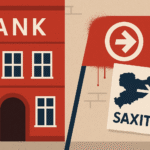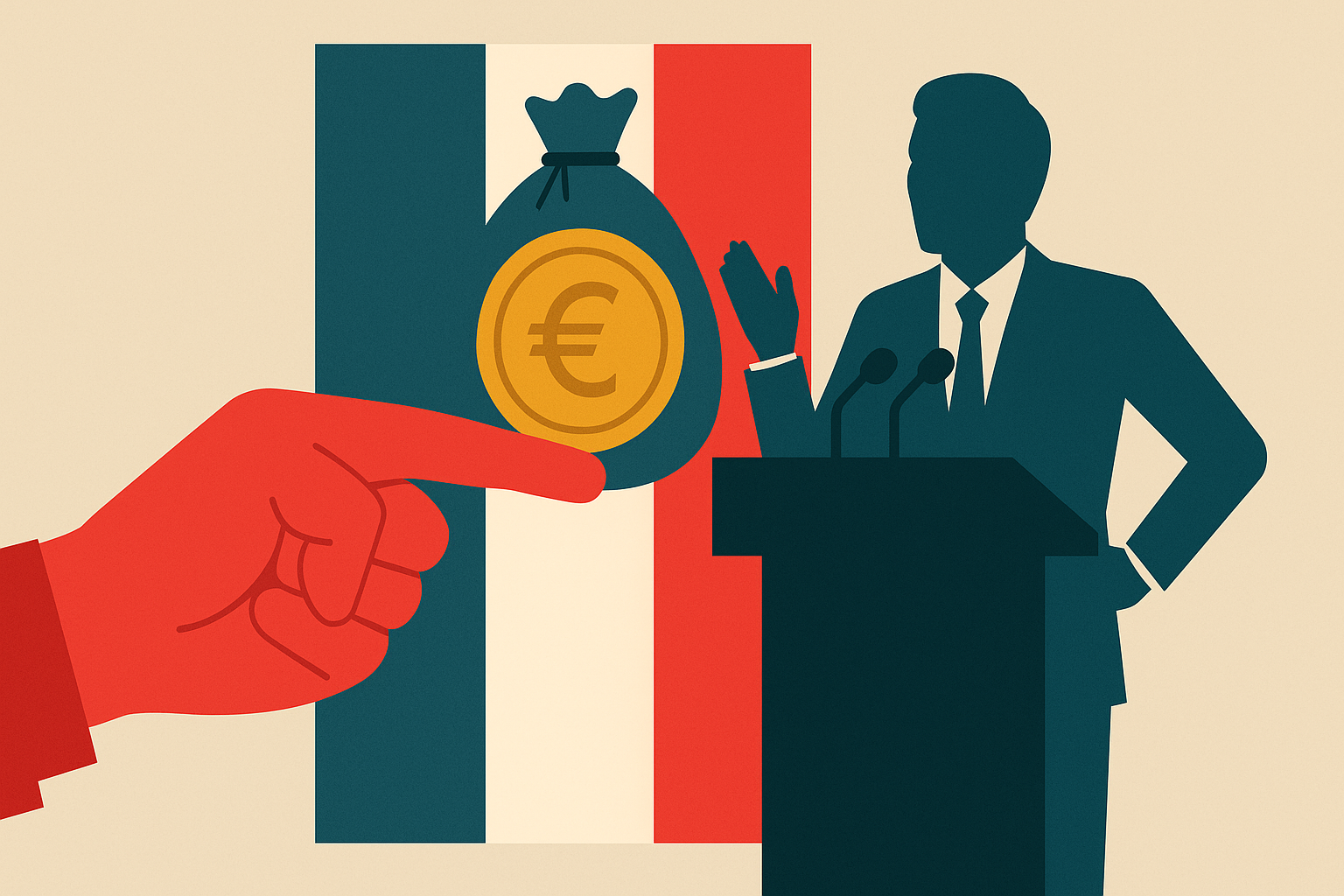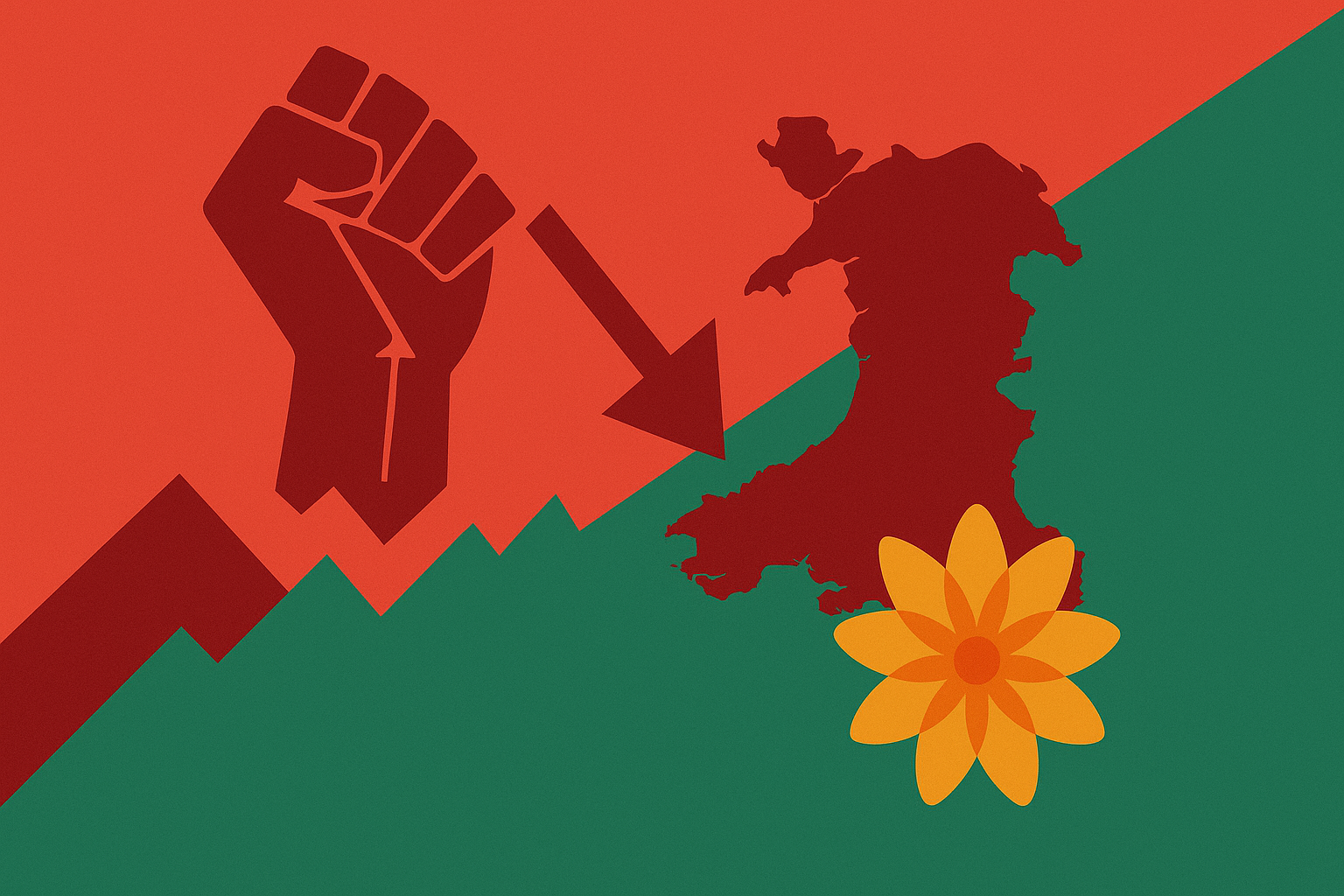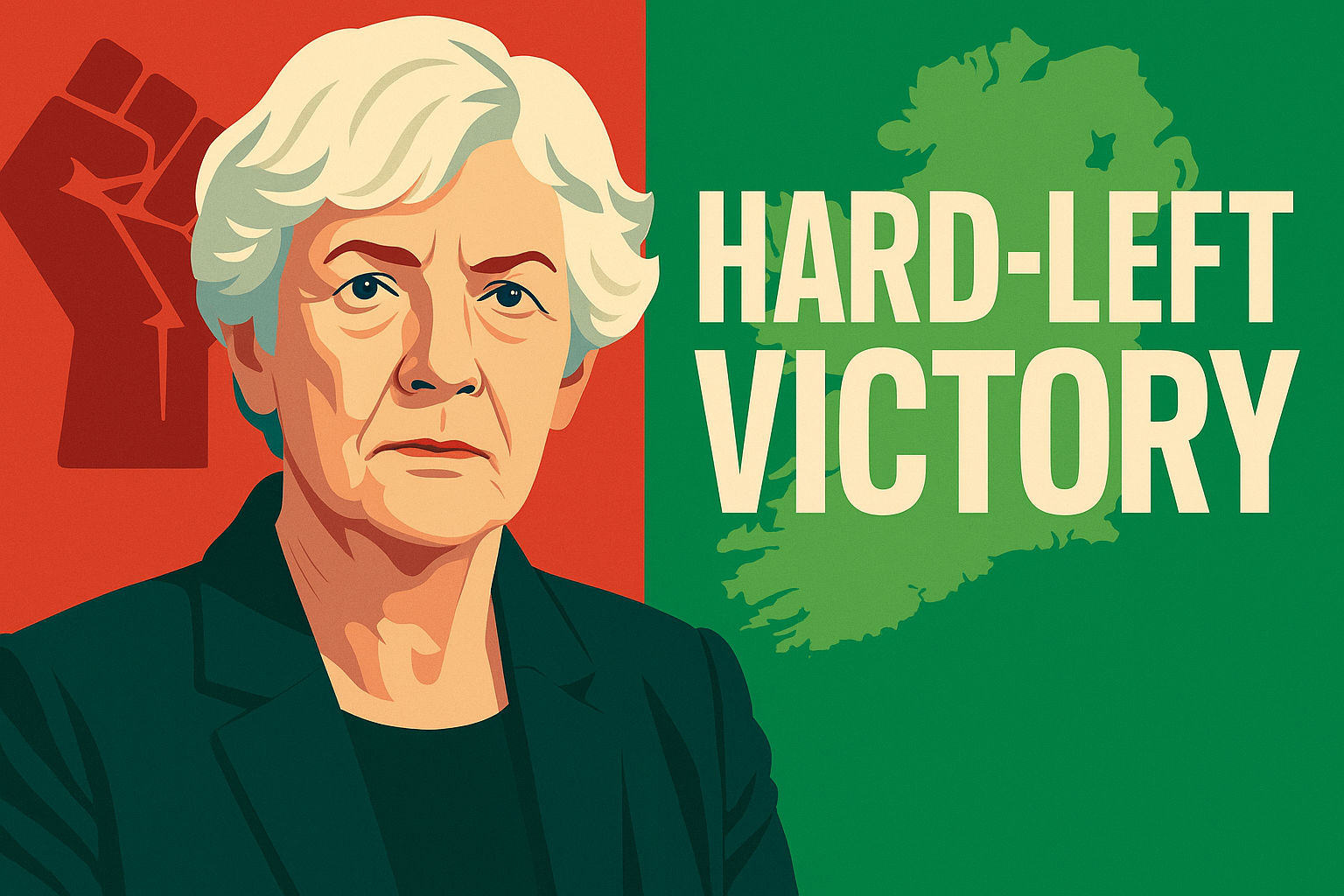The finalisation of a new EU-US trade agreement has been delayed as Brussels and Washington struggle to agree on wording related to digital regulation and non-tariff barriers. The joint statement, expected soon after the deal was announced in late July, is still circulating between the two sides.
Disagreement Over Digital Rules
At the heart of the delay is the EU’s insistence on protecting its landmark Digital Services Act (DSA), which obliges major technology companies to monitor online content more actively. The US has previously described such rules as “non-tariff barriers” to trade and is pushing for language in the joint statement that would leave room for concessions. EU officials have made clear that softening these regulations is a “red line.”
A US official countered, stating that Washington continues to address digital trade barriers globally, and that the EU had already agreed to consider them as part of the broader trade framework.
Tariffs and Trade Concessions
The original agreement, announced on July 27 in Scotland by Commission President Ursula von der Leyen and US President Donald Trump, was expected to be followed by a US executive order reducing tariffs on European cars from 27.5% to 15% by mid-August. However, the order has not been issued, with the White House indicating that tariff changes would only come once the joint statement is finalised.
The trade deal itself sets a cap of 15% tariffs on most EU goods exported to the US, while exempting some categories such as aircraft parts, pharmaceuticals, and critical minerals. Despite this, many European politicians have criticised the outcome as a poor compromise. The EU faces higher tariffs while committing to substantial spending on American energy exports and investments in the US.
Timelines and Market Access
Another obstacle is disagreement over timelines. Washington has requested clarity on when American exports — including fish, biscuits, cocoa, ketchup, and soybean oil — will receive improved access to EU markets, and when the bloc will lower tariffs on industrial goods. EU officials argue that precise timelines cannot yet be set, citing internal approval processes and pending legal adjustments to reduce bureaucracy for US importers.
“We made political commitments, which we intend to honour, provided they [the US] do the same first — in that sequence,” one EU official said.
Ongoing Negotiations
Unlike the US-UK “economic prosperity deal” earlier this year, which was published immediately after agreement, the EU-US arrangement remains under review. Brussels has already abandoned hopes of securing tariff carve-outs for wine and spirits, a key demand from France and Italy.
On Thursday, European Commission spokesperson Olof Gill confirmed that the draft had been sent back to Brussels for review. “We are fully focused on getting to that joint statement,” he said, acknowledging that “the last mile is always the hardest.”








